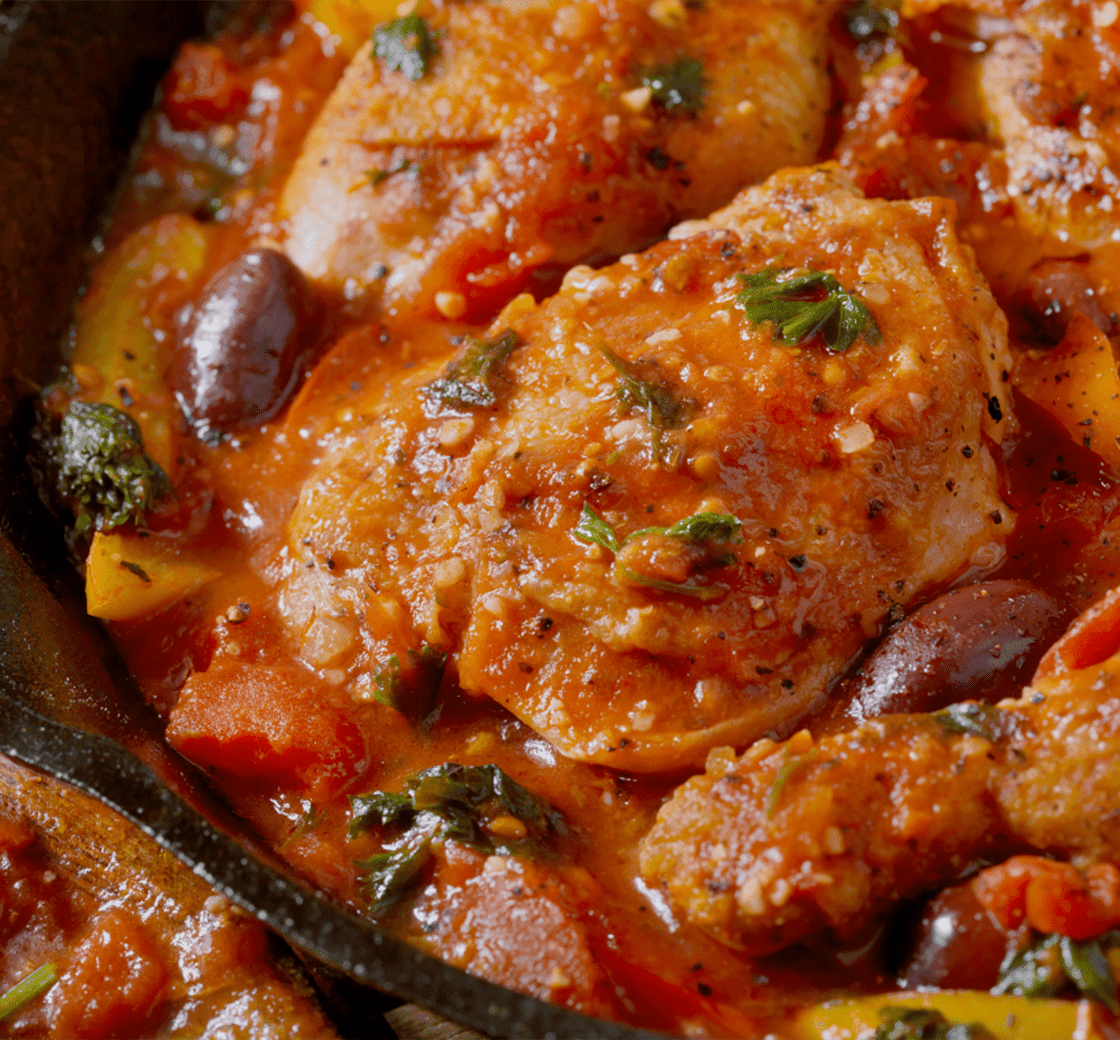
Emilia-Romagna, which stretches between the Adriatic coast, northern Tuscany, and the Po Valley, is one of the most prolific agricultural regions of Italy. It is known for its pasta, balsamic vinegar, Parma ham and Parmigiano-Reggiano, among a wealth of other products. While enjoying wines such as Sangiovese and Barbera, you will learn to make traditional dishes that include: brodetto fish stew; cotechino con lenticchie; chicken cacciatore with creamy polenta; and warm zabaglione with Marsala wine for dessert.

You will work in teams to execute the class menu. At the end of class, participants gather to enjoy the food they have prepared. Wine is served with meals in most classes. All class menus are subject to change. While a snack platter is offered in both morning and evening classes, you may want to consider a light snack before joining us for class. Students are encouraged to bring a light lunch or dinner to all pastry classes.

You will work in teams to execute the class menu. At the end of class, participants gather to enjoy the food they have prepared. Wine is served with meals in most classes. All class menus are subject to change. While a snack platter is offered in both morning and evening classes, you may want to consider a light snack before joining us for class. Students are encouraged to bring a light lunch or dinner to all pastry classes.
This four-session continuation of the Wine Essentials series offers in-depth exploration and tastings of some of the world’s more interesting and unusual wines. Studies will include an expanded array of lesser-known varietals and wines, as each class concentrates on one wine category and delves into the wines’ production, characteristics and uses, including discussions of food and wine pairing. Session 1: Advanced White Wines: Side-by-Side Tasting of Interesting Aromatic and Fruity Wines. Session 2: Advanced Red Wines: In-Depth Comparison of Selected Wines From Old and New World Regions. Session 3: Off-Dry to Sweet: Exploration of Elegant Rieslings to Cru Classé Sauternes. Session 4: Fortified and Aromatized Wines With Wine Service: Fascinating Wines, From Vermouths and Sherries to Madeiras and Portos.
The history, culture and geography of Morocco are all richly evocative. It is easy to imagine yourself sipping mint tea while sitting on a terrace in Casablanca or Marrakech, or hiking the Atlas Mountains. The cuisine of Morocco reflects its Berber, Mediterranean, African and European influences, with a generous use of powerful spices. In this class, you will make some of the most acclaimed dishes of the Moroccan repertoire, including: grilled kefta (lamb) kebabs; chicken tagine with preserved lemons and olives; sweet spiced couscous; carrot salad with lemon-herb dressing and harissa.
Chef Herve Mallivert takes you on a “voyage gastronomique” in this hands-on class highlighting the splendor of seafood. Your journey starts with a brief outline of the sea’s abundance, followed by a focus on flavor, advanced techniques, and the uniquely high quality seafood of the Northeastern coast. You will then transform one of the most iconic dishes from the Northeast – the lobster roll! – preparing it in brioche with avocado pudding, shellfish and horseradish cream, coriander salt, and seaweed chips. Next is monkfish (a Chef Herve favorite) cooked slowly sous vide and served with lobster dashi consommé, polenta cream, and fried monkfish bites.
Ranked as America’s Best Culinary School (USAToday 2019), our roster of Chef-Instructors have run top kitchens around the globe.
| (Separate multiple addresses with commas like: john@aol.com, jane@aol.com) | |